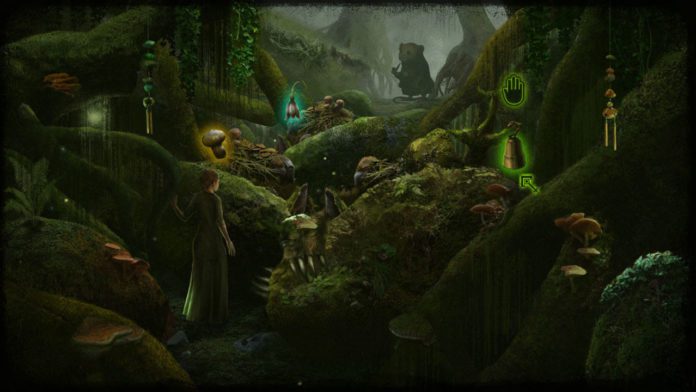REVIEW : Mira (PC)
Myths and fairytales can serve as wonderful sources of inspiration for a variety of media, some of which are more well-known than others. To create the backbone of their point-and-click adventure Mira, indie developer Too Husky looked into lesser-known (across the world) Slavic folk stories. It’s more of an illustrated e-book with activity pages than a game, serving as a primer for the legends rather than any sort of in-depth investigation of the subject.
Mira may just be gorgeous enough to distract you from the question of whether it’s a point-and-click adventure or a visual novel with extra steps, in a stunning Slavic-inspired voyage through beautiful graphics and lore equally.
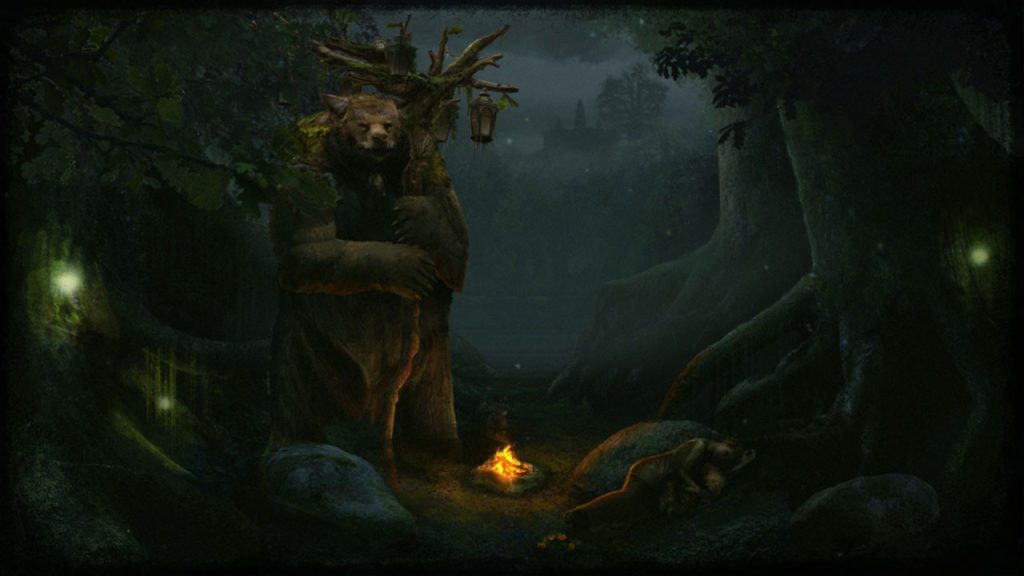
Players take on the role of Mira, a human lady who looks after a small group of children in a rickety old house in Cracow shortly after WWII. Mira mysteriously awakens in a mythical woodland as the journey begins. Mira must now begin her hunt for a route back home, which has a bit of an Alice in Wonderland feel to it. Bulds (anthropomorphic boulders), Light Ghosts (floating, lit spheres), and Bzonec, a small rodent-like critter with a pipe and dandy attire who becomes Mira’s companion for much of her journeys, are among the species she encounters in her wanderings.
The work placed into the art is the most important feature of Mira that you cannot overlook. Every scenario and character is depicted in exquisite pictures, with unique creature designs guiding you from Javia’s human realm to Navia’s spirit world – or Nawia, as some errors will argue. Aside from the beautiful worldbuilding, the grammar problems are a tad irritating in a game that relies so heavily on storytelling. This is easily forgiven, though, because English is only one of the available translations, and the native translation is likely to be more accurate.
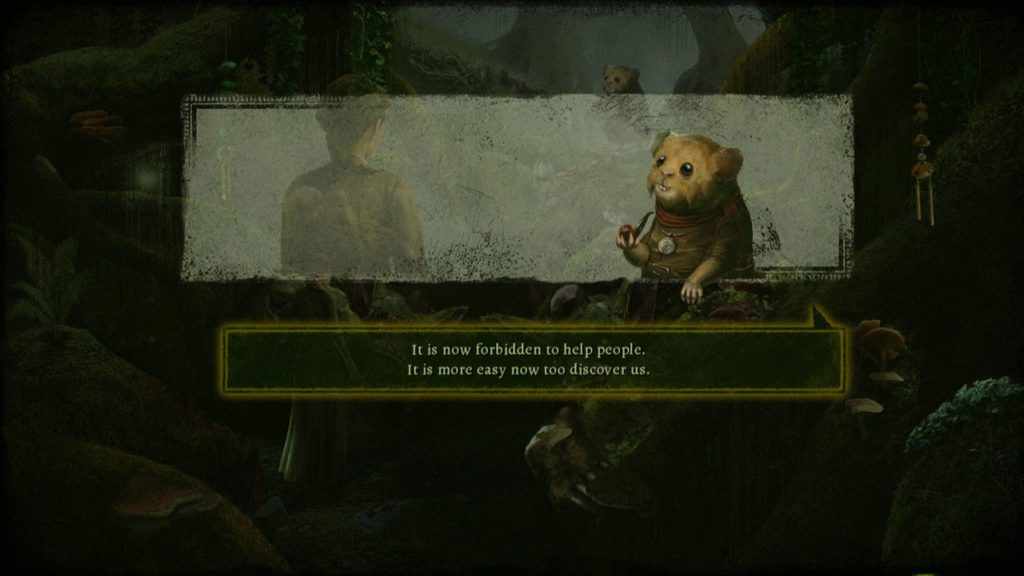
The storey, on the other hand, is incredible. A complex drama that spans decades is placed in the player’s hands to follow along with. You could be dissatisfied if you want to do more than just follow. Despite being marketed as a point-and-click adventure, Mira’s puzzles are simple at best and a few sluggish clicks away from being solved at worst. You’d think codes and puzzles would abound as you journey through the wonderful realm of Navia, but every challenge you’ll encounter in Mira functions on a trial-by-failure approach, meaning nothing you see before or after has much relevance. You simply click at random until the correct solution appears. You won’t be require the pad for this.
Each of these entities is added to the lexicon, a sort of encyclopaedia available from the game’s menu that provides a paragraph or two on the mythology behind each as it is discovered for the first time or merely name-dropped. A few nuances are interwoven into the storey itself, such as Bzonec being a spirit who watches over youngsters. The majority of the material, however, can only be found in the dictionary.
Mira’s adventure is intriguing, and I enjoyed learning about the numerous Slavic legends. Characters such as the self-absorbed Bzonec, who is irritated by the fact that real-world children have a stuffed toy of him, and the ponderous, severe bison-like Librarian are amusing, humorous, and endowed with distinct personalities.
Unfortunately, the quality of the translation is poor. It’s in that grey area where it’s bad enough to be bothersome with every line of dialogue but not so bad that it’s unintentionally humorous. Because the gameplay experience is almost entirely comprised on reading dialogue, these quickly get grating.
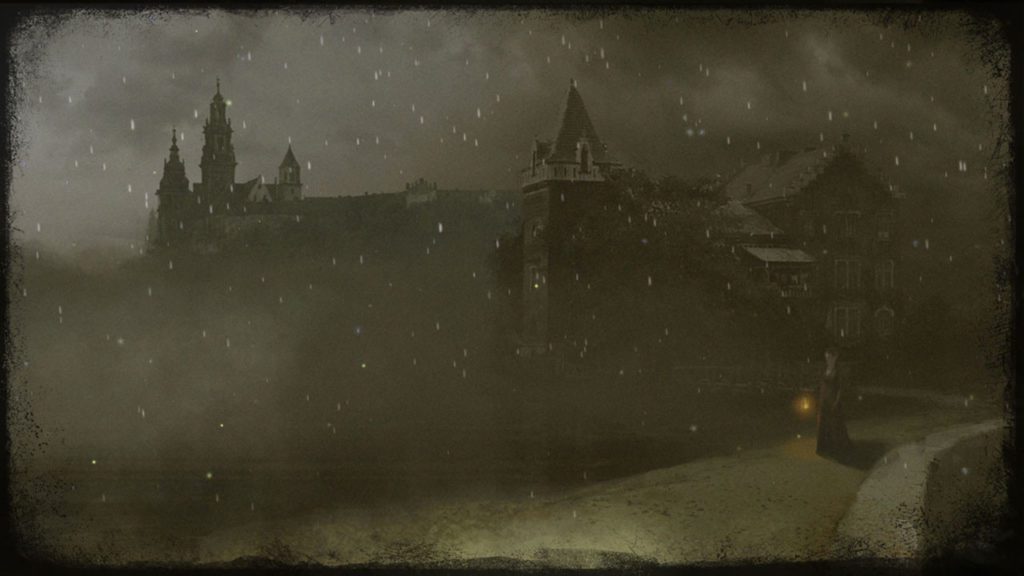
As Mira travels through this strange new world, she is attracted into the a storyline by a fairy who wants her aid in ousting Mokosh – Mother Earth – who’d been responsible for the killing of most of the nymph’s sisters and who, in some bizarre way, connects and harmonises both the fairytale world of Navia and the real world of Javia. When Mira finally confronts Mokosh, she is given a choice about how to deal with him. Mira has multiple decision moments throughout the film, but none of them, including the Mokosh one, result in much more than a few changed lines of dialogue right afterward. Even when you have to choose between sacrificing an ally or an enemy agent from World War II (who has also been transported between universes), there are no consequences, and Mira is just permitted to go on her path.
But, for the most part, this production is devoid of any significant participation. The majority of the game consists of clicking through linear, non-voiced conversation (with the exception of a couple of choices) or clicking a single hotspot on the screen to advance. When I mention “single beacon,” I mean that there is just one hotspot shown on the display. The player’s participation is limited to moving their mouse around the screen until the hotspot appears, then clicking on it. Actually, it isn’t the case. Normally, you must wait a brief time after a scene has been broadcast before the hotspot becomes active. I’ve found myself scanning the screen with the mouse and seeing nothing light up, only to return to a point I’d already looked at and see the interact icon appear.
To be fair, there are eight puzzles distributed across the game’s 90-minute duration. Although, given how much the experience resembles a storybook, “activity pages” are a misnomer. During these phases, the camera frequently switches to a close-up view of a picture, book, or mechanical gadget carved into the world’s rock. While a few of them entail exchanging or rotating mismatched parts to create a recognised pattern, the majority of them entail randomly clicking symbols to figure out the correct order: click the next appropriate glyph in the sequence, and it lights up. If you get it wrong, whatever that’s already lit will fade, and you’ll have to start over. A number of other examples are more hidden object-like, requiring the discovery of three or four symbols concealed in the scene in any order in order to progress.
Mira’s graphics are without a doubt its strongest feature. Each site you visit is meticulously hand-painted and sculpted. Mira is frequently constrained to only one or two areas every room, unlike in a traditional point-and-click adventure where the protagonist can wander around freely within a scenario. She and any other characters present occasionally make a soft breathing motion, but other than that, movement is confined to the occasional stray Light Ghost, floating speck of dust, or the ubiquitous movie grainy quality that has been given to each scene.
Each screen is similar to a single page in an illustrated fairytale book. Mira rarely returns to a scene once she has left it. This gives the whole thing a bit of a “road trip” vibe to it, as well as a sense of progress, as there is no going back, just ahead. The majority of the scenes take place in a mediaeval fantasy forest, complete with giant moss-covered trees and vine-strewn antique architecture. The huge library, with its cathedral-like walls, piles of books, and shafts of light flowing in from above that give it a true sense of antiquity, is one of them. Or the massive Oak, which towers over Mira and may be seen through the dark fog behind it, with glimpses of real-world buildings.
Mira is an eclectic mix in terms of sound. Although there are no voices and only a few effects, a soundscape is always there. It’s occasionally eerie and gloomy music. At other times, it’s only muttering voices and a solitary drum banging. Animal cries have been arranged in the style of instrumental works on occasion. All of this contributes to the impression that Navia’s planet is a dangerous place to visit .
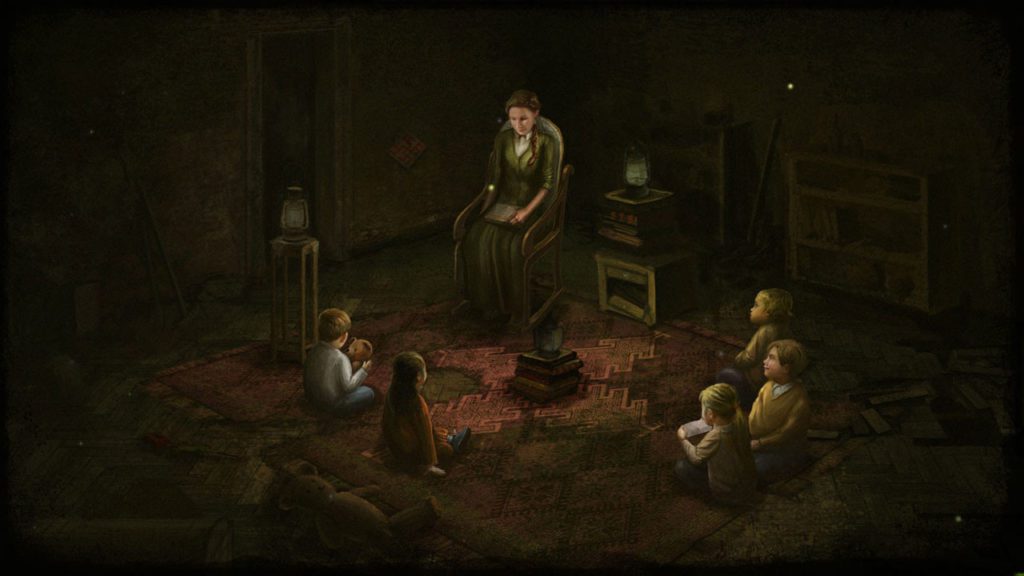
Mira is a strange digital adventure. It’s more akin to an illustrated e-book with a few activity pages than a game, with its near continual stream of fairly straight speech and lack of any substantial gameplay. As a result, the magnificent drawn sceneries and clues at the rich and fascinating Slavic folklore that inspired it grabbed my attention. But, at the end of the day, a terrible translation detracts from the plot’s efficacy, and there’s just not much here to encourage the event. Mira is more of an illustrated e-book than a game, and it’s a gorgeous journey through Slavic myths and legends that’s let down by a lack of gameplay and terrible localization. Is Mira a thorough offering of eye-candy that you’ll spend a couple of hours clicking through?
REVIEW : Five Nights At Freddy’s: Security Breach (PS5)

